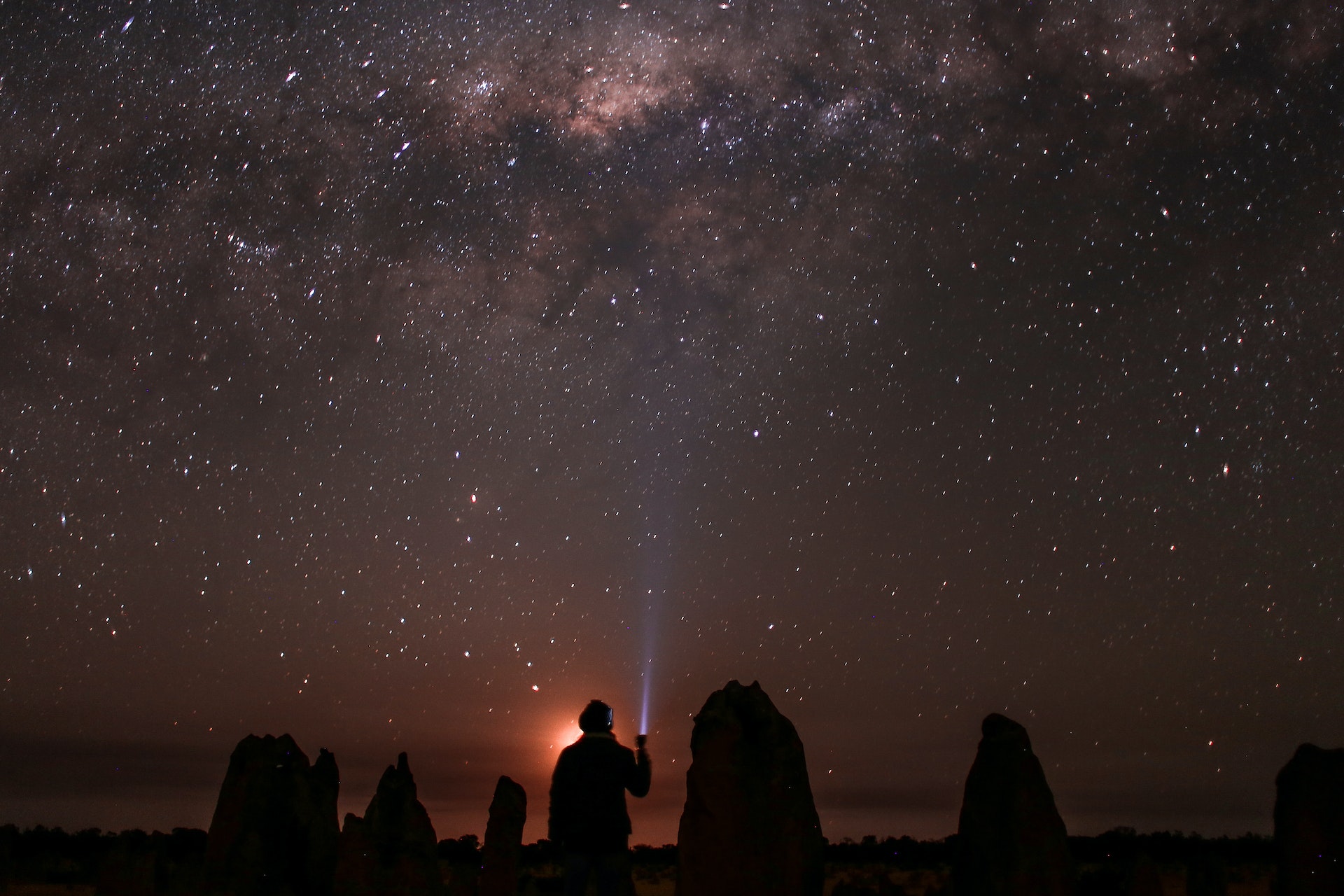Passion of the People – 1.5.2
Tourists’ Expectations in Terms of Accessible and Sustainable Tourism
According to the Global Sustainable Tourism Council, “Sustainable Tourism refers to sustainable practices in and by the tourism industry. It is an aspiration to acknowledge all impacts of tourism, both positive and negative. It aims to minimize the negative impacts and maximize the positive ones”.
Since the late 1990s, the world is facing several crises that affect the social and economic systems of all countries. Global warming and the IPCC reports are increasingly alerting us of the disastrous state of the environment and the huge challenge we face to preserve future generations. The Covid crisis has also completely destabilised the functioning of even the most important industries and has had many consequences in terms of economy, especially for disadvantaged people. The health crisis has made people realise that using the car less, spending less and using local supply networks had positive effects on their financial resources as well as on their well-being and that of the environment. This crisis has also made some people increasingly distrust capitalism by showing its limits. Moreover, lockdowns have led people to leave the big cities in order to reconnect with nature and the dangers of the virus have encouraged them to travel to wide and open spaces. As a result, the need for tourism is increasing and new types of tourism are emerging. More conscient of the global warming and the state of the environment, people want a more sustainable and more accessible tourism. For instance, cycling routes, sports and cultural routes are examples of sustainable tourism. At the local scale and at the European Scale, politics are trying to support more and more environmentally friendly projects. Visits to local production companies (e.g., wine, cheese, fruit, farms, local factories…) are increasingly in demand as people want to reconnect with their territory and local products.
Travelling to the other side of the world by plane is less of an objective for tourists today. Due to environmental problems and the financial consequences of the crisis, a more local tourism is developing. This tourism may be simpler, but it is accessible to everyone and sustainable, as for example dark sky tourism. Why not a night under the stars? Climbing to the mountains to escape artificial light and use our eyes and scientific explanations to try to learn about the sky is a very promising new type of tourism.



Further Resources
Links below will redirect you to external websites. In accordance with the European data protection declarations, we would like to point out that by clicking on these links you may send data to external providers. We cannot prevent that.
Videos
![]() Ecotourism – A Sustainable Way To Travel
Ecotourism – A Sustainable Way To Travel
![]() Tourism’s Invisible Burden – The Travel Foundation, Cornell University and EplerWood International
Tourism’s Invisible Burden – The Travel Foundation, Cornell University and EplerWood International
 L’OMT e l’anno internazionale del turismo sostenibile – HUB Scuola
L’OMT e l’anno internazionale del turismo sostenibile – HUB Scuola
Online Resources
 Turismo ecosostenibile – Il Giornale dell’Ambiente
Turismo ecosostenibile – Il Giornale dell’Ambiente
 Le migliori destinazioni sostenibili per andare in vacanza coi figli – Elena Berti
Le migliori destinazioni sostenibili per andare in vacanza coi figli – Elena Berti
 Che cos’è l’IPCC – IPCCItalia
Che cos’è l’IPCC – IPCCItalia
Further Readings
![]() Website of European Commission of its goals in terms of sustainable tourism
Website of European Commission of its goals in terms of sustainable tourism
![]() Are Potential Tourists Willing to Pay More for Improved Accessibility?
Are Potential Tourists Willing to Pay More for Improved Accessibility?
![]() The perception of ecotourism. Semantic profusion and tourists’ expectations
The perception of ecotourism. Semantic profusion and tourists’ expectations
 Criteri del Global Sustainable Tourism Council e Indicatori di risultato raccomandati – GSTC
Criteri del Global Sustainable Tourism Council e Indicatori di risultato raccomandati – GSTC
Teaching Materials
 Il Covid-19 e le conseguenze sul turismo – D’Amelio
Il Covid-19 e le conseguenze sul turismo – D’Amelio
For Kids
 Ambiente e sviluppo sostenibile – HUB Scuola
Ambiente e sviluppo sostenibile – HUB Scuola
